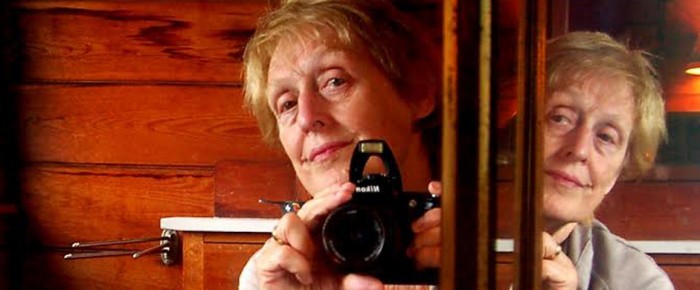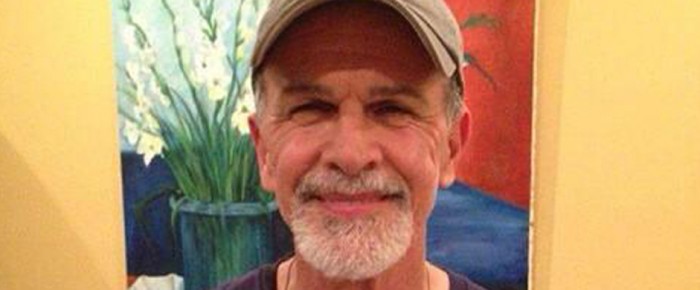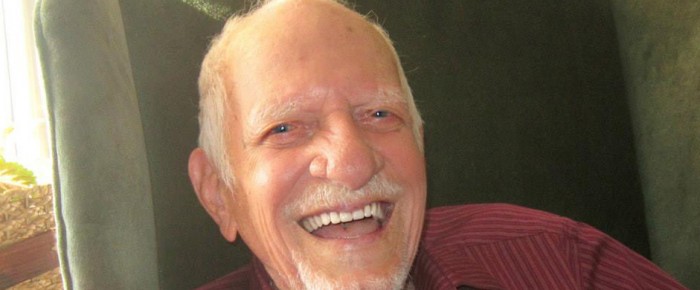Carol Crawford, originally from Buffalo, NY, has been creating art ever since she can remember. She inherited her talent from her father – an artist and calligrapher. “I used to…
Read moreNY artist says to make your life a masterpiece, listen to yourself





